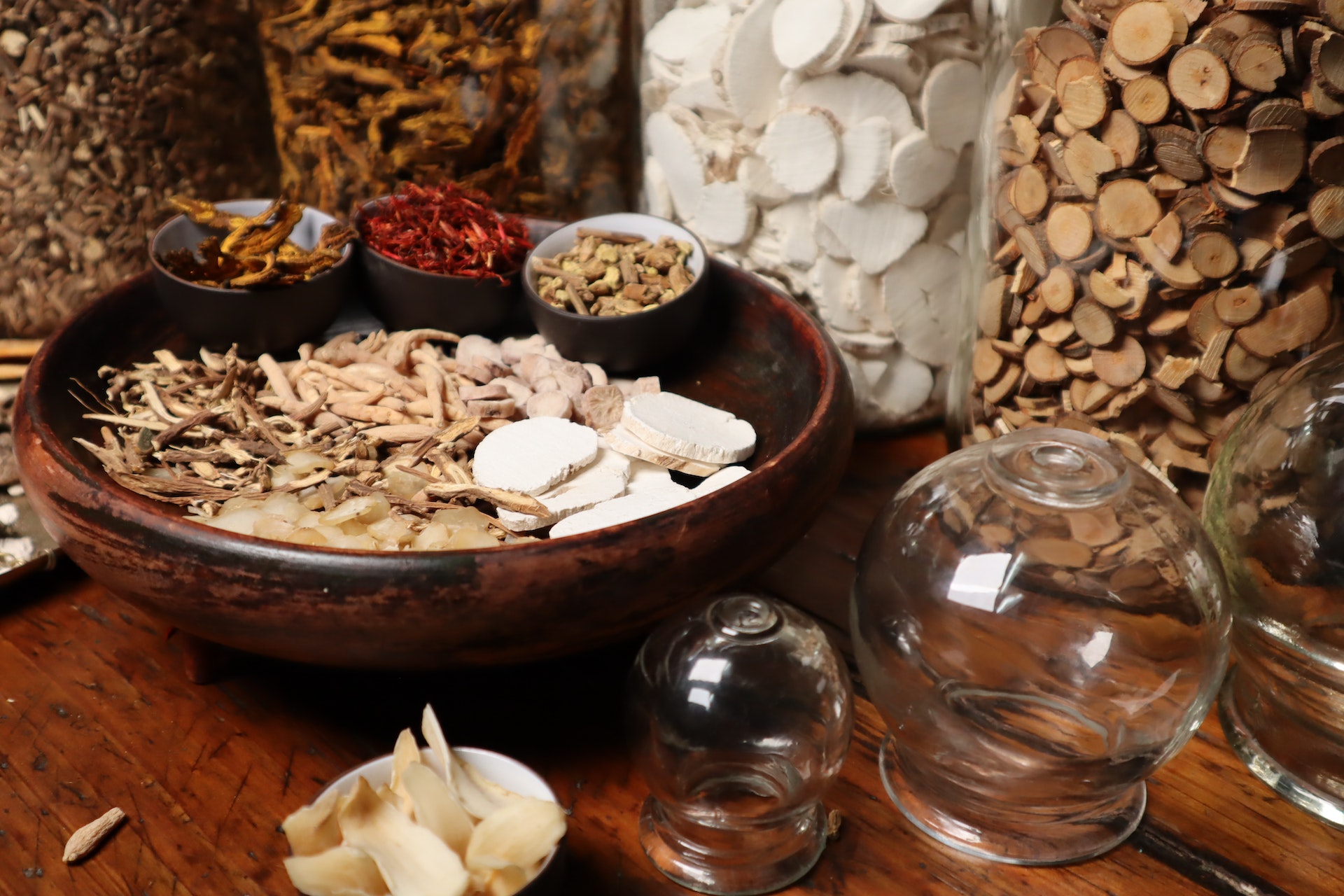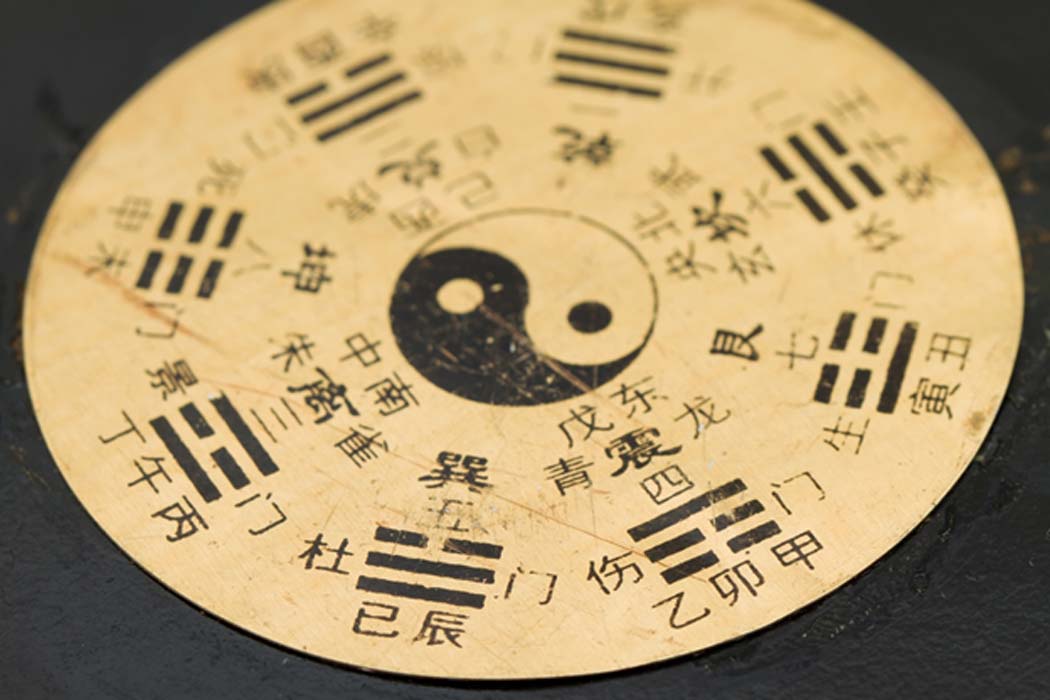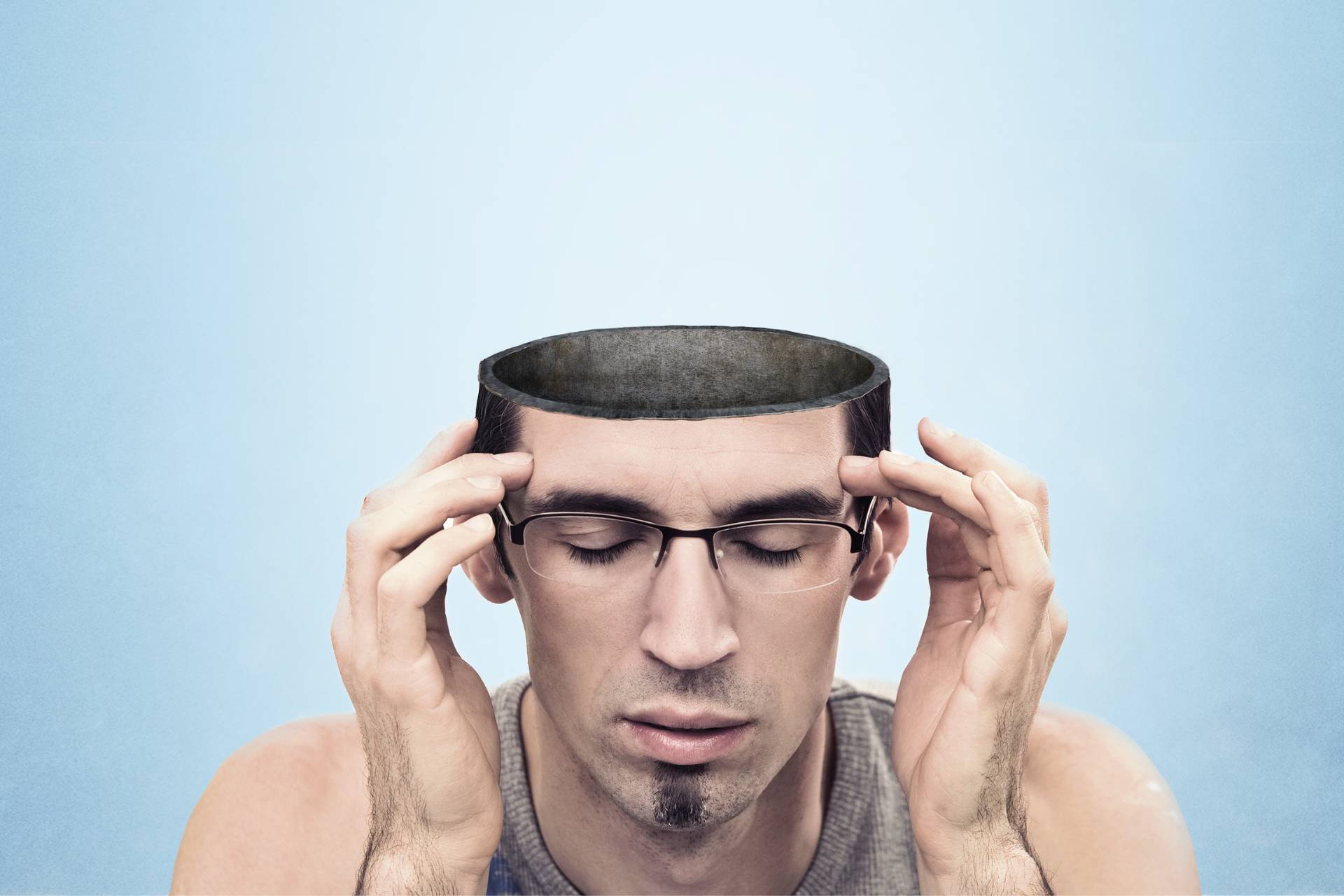By Wysdomly
Traditional Chinese Medicine and Ayurveda are two ancient medical systems that have been practiced for centuries. They both prioritise holistic approaches to wellbeing that address the root causes of illness rather than solely treating symptoms.
While they share some similarities, there are also notable differences between the two. Understanding the differences between these two ancient healing systems can provide valuable insights into the diverse approaches to holistic health and wellness and offer individuals a broader range of options for their well-being.
Chinese Medicine – Qi
Chinese Medicine, also known as Traditional Chinese Medicine (TCM), originated in China and is based on the concept of Qi (pronounced “chee”), which refers to the vital energy that flows through the body.
TCM emphasizes the balance of Yin and Yang forces and the harmonious flow of Qi to maintain health. It includes various treatments such as acupuncture, herbal medicine, dietary therapy, and mind-body practices like Tai Chi and Qigong.
Yin and Yang
Yin and Yang are two fundamental concepts in Chinese philosophy and culture. They represent opposing but complementary forces that exist in all aspects of life and nature. Chines medicine observes the five phases of nature as earth, fire, water, wood and metal.
Yin is associated with qualities such as darkness, coldness, passivity, and femininity, while Yang is associated with qualities such as light, warmth, activity, and masculinity.
The concept of Yin and Yang is used in Traditional Chinese Medicine to describe the balance and harmony between these opposing forces in the body and the universe. In the context of health, Yin and Yang need to be in balance to achieve optimal well-being.
When Yin and Yang are out of balance, it is believed to result in illness or disease. The goal of Traditional Chinese Medicine is to restore the balance between Yin and Yang to promote health and harmony.
Ayurveda – the doshas
On the other hand, Ayurveda is an ancient holistic healing system that originated in India. It is based on the belief that health and wellness depend on a delicate balance between the mind, body, and spirit.
Ayurveda focuses on the three doshas: Vata, Pitta, and Kapha, which are energies believed to govern physiological and psychological functions.
These doshas represent different combinations of the five elements – space (ether), air, fire, water, and earth. Each person has a unique combination of these doshas, which determines their physical and emotional characteristics.
Prakruti – your unique constitution
This combination of doshas is called Prakruti and refers to an individual’s unique constitution or inherent nature. It is determined by the proportion of the three doshas present in a person at the time of their birth.
Prakruti influences an individual’s physical characteristics, mental tendencies, and susceptibility to imbalances or diseases.
Ayurveda believes that when these doshas are in balance, we experience good health and well-being.
However, when they are imbalanced, it can lead to various health issues. Ayurvedic treatments aim to restore the balance of the doshas through personalized recommendations based on an individual’s constitution.
Ayurvedic treatments may include herbal remedies, dietary changes, massage, yoga, meditation, detoxification practices and lifestyle modifications.
Diagnostic differences and similarities
In Chinese Medicine, practitioners use pulse diagnosis, observation of the tongue, and asking detailed questions about symptoms to assess the patient’s condition.
Ayurveda also uses pulse diagnosis and tongue observation and visual examination, but uses detailed questioning to determine a person’s dosha imbalance.
These diagnostic methods reflect the different philosophical foundations and cultural contexts of the two systems.
Herbal remedies
Another difference is the herbal medicine systems used in each practice. Chinese Medicine utilizes a vast array of herbs, minerals, animal products, and other substances to create herbal formulas tailored to individual needs.
The use of such diverse ingredients allows for a personalized approach to treatment.
Ayurvedic herbal medicine primarily utilizes plant-based remedies, including herbs, spices, and minerals, often prepared as powders, decoctions, or oils.
These herbal medicines are believed to restore balance to the doshas and promote overall well-being.
Ancient philosophies
Furthermore, the philosophical foundations of Chinese Medicine and Ayurveda differ.
Chinese Medicine is rooted in the Taoist philosophy, focusing on the interconnectedness of nature and the balance between Yin and Yang.
It views the human body as a microcosm of the larger universe and places importance on aligning with natural rhythms.
Ayurveda, on the other hand, is deeply influenced by the Vedic philosophy, which emphasizes the unity of the individual with the universe and the importance of living in harmony with natural rhythms.
It considers the mind, body, and spirit as interconnected entities that must be in balance for optimal health.
Understanding the differences between these two ancient healing systems can provide valuable insights into the diverse approaches to holistic health and wellness and offer individuals a broader range of options for their well-being.



